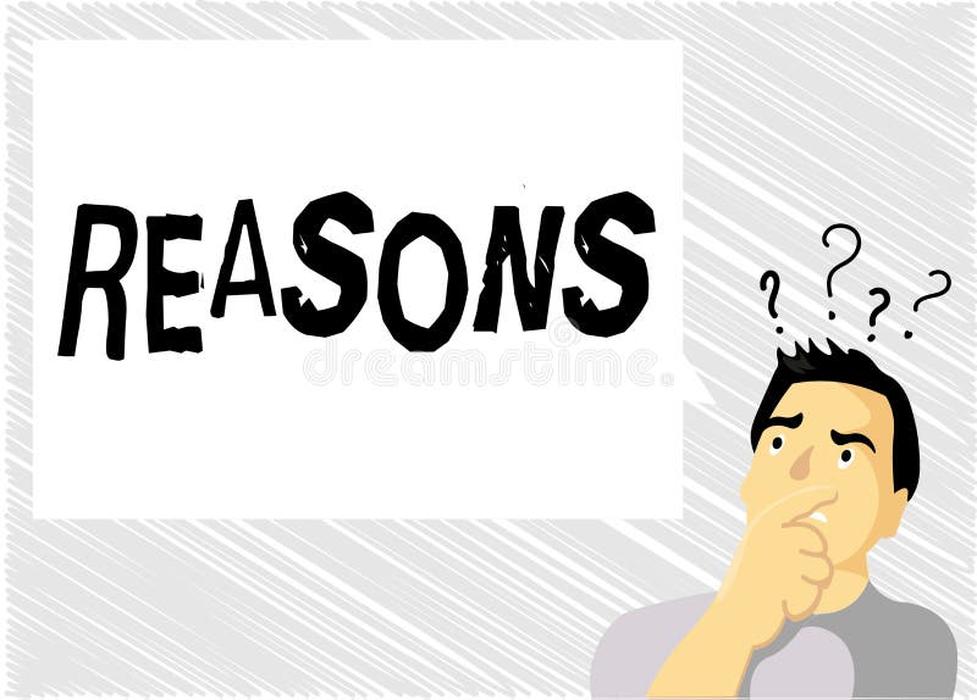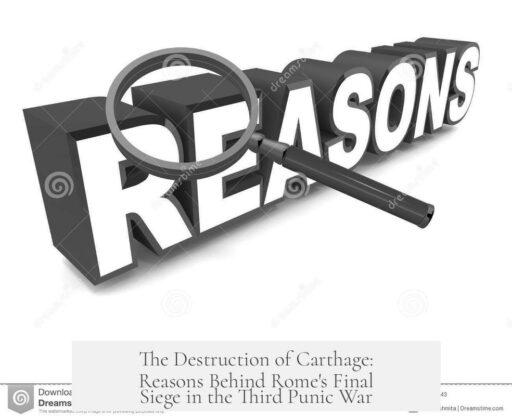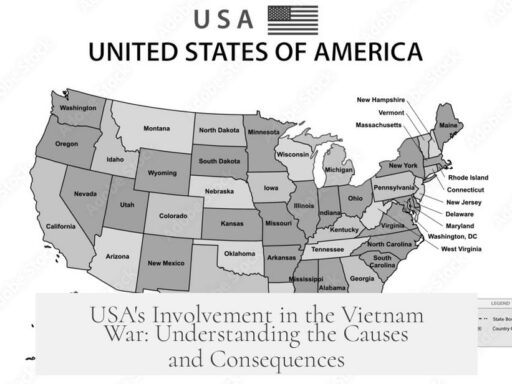The Romans destroyed the city of Carthage at the end of the Third Punic War to eliminate a long-standing threat, satisfy political demands, and ensure lasting Roman security in the Mediterranean. The destruction served both practical and symbolic purposes, reflecting deep-seated Roman animosity and the trauma inflicted by previous conflicts.

The destruction of Carthage followed an intense siege lasting nearly three years. Roman forces, frustrated after prolonged fighting, sacked the city violently. Unlike some sieges where defenders surrendered quickly, Carthage resisted fiercely, prompting burning of buildings to force out resistance. Despite the brutal sack, the destruction was not total; Carthage’s lands were not salted, an act often misunderstood as necessary for permanent devastation. Historically, such salting was symbolic and impractical, and Carthage later rebuilt to become significant in the Roman Imperial era.
Symbolism played a major role in the decision to destroy Carthage. For decades, Carthage embodied Rome’s most dangerous rival. Politicians like Cato the Elder repeatedly stressed, “Carthago delenda est” (“Carthage must be destroyed”), turning the city into an ideological enemy that represented everything contrary to Roman values.

- Carthage was linked to excessive trade, luxury, and a culture perceived as un-Roman.
- Repeated wars exhausted Roman patience; mercy was no longer an option.
- The destruction erased a powerful symbol of opposition and Roman humiliation from previous conflicts.
Strategically, Carthage’s importance had diminished. The Roman Republic controlled much of the former Carthaginian empire, and it was easier to base naval power from southern Italy. After Hannibal’s campaigns in the Second Punic War, Roman leaders feared any resurgence of Carthaginian power. Hannibal’s decade-long presence in Italy, undefeated and never captured, left a psychological scar on Rome. The fear of future threats fueled the harsh measures taken to ensure Carthage would never rise again.
The destruction acted as a guarantee of Roman security and a warning to other opponents. It was a statement of dominance in the Mediterranean and a reminder of the consequences enemies faced. Cato the Elder’s political career, built on advocating for Carthage’s destruction, highlights how the issue served internal Roman politics. The humiliation Rome suffered early in their conflicts with Carthage created a deep need for retaliation. Romans valued their honor highly and acted swiftly against perceived insults.

Looking at broader historical practices, the total sacking of cities after sieges was common in ancient warfare. Carthage’s fate was not unusual compared to other cities like Jerusalem, which Rome also destroyed to maintain control and deter rebellion.
Despite its destruction in 146 BCE, Carthage was rebuilt later under Roman rule. The nearby city Utica initially took prominence as Rome rewarded its earlier betrayal of Carthage. Over time, Carthage returned as a vital urban center, becoming important during the Imperial period. This shows that the Romans’ immediate goal was not permanent erasure of Carthage’s location but the political and military elimination of its threat at that moment.

| Factor | Explanation |
|---|---|
| Immediate Cause | Long siege leading to a ruthless sack; resistance forced destruction |
| Symbolic | Carthage as an eternal enemy; Cato’s mantra “Carthago delenda est” |
| Strategic | Fear of resurgence; easier naval bases elsewhere; trauma from Hannibal’s campaigns |
| Political | Internal Roman unity through eradicating a common enemy |
| Historical practice | Use of total destruction to deter future conflicts |
| Aftermath | Rebuilt city despite initial destruction; shifting regional power |
- Romans destroyed Carthage to end threats from a historic rival permanently.
- Destruction was harsh but not total or symbolic in salt usage.
- Political rhetoric, trauma from Hannibal’s campaigns, and internal Roman pride influenced the decision.
- Military strategy prioritized security and control of the Mediterranean.
- Carthage was later rebuilt, reflecting changing regional dynamics.
Why Did the Romans Destroy the City of Carthage at the End of the Third Punic War?
The Romans destroyed Carthage at the end of the Third Punic War to eliminate a longstanding rival, ensure their own security, and send a brutal message about Rome’s dominance. This destruction was fueled not only by military necessity but also by political motivations and deep psychological scars left by previous wars.

Let’s unravel the tangled web of reasons behind why one of Antiquity’s greatest cities, Carthage, met such a fiery, brutal end at the hands of the Romans.
The Immediate Aftermath: Siege, Sacking, and Destruction

The Third Punic War was a grueling affair, dragging on for nearly three years. Imagine the frustration and tension simmering among Roman soldiers locked in a protracted siege. When the city walls finally fell, the sack of Carthage unleashed fury typical at the conclusion of such sieges. This wasn’t just a walk in the park; it involved intense street-level fighting, with defenders hidden in houses forcing Romans to resort to burning buildings to flush them out.
Interestingly, while the city was brutally sacked, the idea that the Romans sowed its fields with salt—a popular legend—is not supported by ancient records. That story is mostly symbolic, and realistically, it’d take an absurd amount of salt to ruin farmland. In fact, Carthage didn’t stay down forever. Despite its destruction, it bounced back during the Imperial Roman period as a vital city.

The Symbolic Demise: Politics and Hatred Fueled the Fire
To truly understand the destruction, you need to grasp the deep-rooted animosity Rome nursed toward Carthage. Carthage wasn’t just a city; it was the embodiment of Rome’s greatest enemy. Political figures like Cato the Elder famously ended speeches with Carthago delenda est—“Carthage must be destroyed.”
This mantra wasn’t empty rhetoric. It expressed a collective Roman sentiment: enough was enough. The Punic Wars had drained Rome’s patience. Carthage symbolized everything they opposed—excessive luxury, trade focus, and “un-Roman” Hellenistic influences. Politicians exploited this to depict Carthage as the all-evil menace threatening Rome’s existence.
Repeated wars had hardened the Romans. This was no time to show mercy. They were done playing nice with their enemy. The destruction was both a punishment and a cathartic act to rid themselves of a dangerous, persistent threat.
Strategic Sense or Overkill? Practical Considerations Behind the Siege
By the time of the Third Punic War, Carthage’s empire had effectively lost its power. Rome controlled the surrounding lands, and the Mediterranean’s political landscape had shifted eastward. Strategically, the city of Carthage itself wasn’t a linchpin anymore. Rome found southern Italy a far better place to base fleets and armies.
But there was an underlying strategic fear. Hannibal Barca, Carthage’s legendary general during the Second Punic War, had terrorized Rome for over a decade. His shadow loomed large in the Roman psyche. He was never caught or killed, and the fear of his return haunted Roman minds for generations.
Destroying Carthage utterly was a preventative measure. Romans believed that as long as Carthage existed, their enemies had a base to rise again. It was about security in the cruelest sense—eliminate the threat so completely that no comeback was possible.
The Psychological and Cultural Impulse Behind Ruthlessness
Security aside, the destruction had a psychological flavor. The Romans wanted a visible, unmistakable demonstration of their power. By obliterating Carthage, they sent a warning to all Mediterranean states: Rome was supreme and unforgiving.
Cato the Elder’s relentless “Carthago delenda est” campaign was more than political bravado. It reflected a cultural belief in Rome’s exceptionalism and their hatred for humiliation. Romans hated to be insulted or bested. The humiliation they suffered during the earlier Punic Wars, especially at Hannibal’s hands, left a scar they intended to heal with fire and steel.
Historical Precedents: Is This Just the Roman Way?
It’s tempting to ask, “Was this destruction unique to Carthage?” Not really. The Romans followed a tradition seen across human history—total destruction and pillaging of cities after conquest was common. Rome was no exception.
Take the sack of Jerusalem in 70 CE. The Romans showed similar ruthlessness after a prolonged siege. Carthage’s fate fits into this pattern of brutal Roman military practice.
Rebuilding and Recovery: The Unexpected Rebound of Carthage
One curious twist: Carthage didn’t stay destroyed forever. After its fall, Rome handed control of North African trade to Utica, a nearby Phoenician city that betrayed Carthage. Utica blossomed for a while, but as its harbor silted up, Carthage was eventually rebuilt.
Though its destruction was symbolic of Rome’s utter dominance, economic and political realities led to restoring Carthage as an important hub during the Imperial era. History has a way of keeping us on our toes.
So, Why Exactly Did Rome Destroy Carthage?
- To annihilate a persistent and symbolic enemy that had cost them dearly over decades.
- To ensure long-term security by removing a base for future threat, especially in light of Hannibal’s haunting legacy.
- As a political and cultural statement reinforced by leaders like Cato the Elder who framed Carthage’s destruction as essential for Rome’s survival.
- As part of standard brutal Roman military practice after long sieges where soldiers’ pent-up frustration exploded in looting and burning.
The Romans didn’t just destroy a city; they destroyed a symbol, a rival, and a source of deep fear. The scorched earth left behind was both a psychological closure and a terrifying lesson for any who dared oppose Rome. But as history often shows, the ashes of destruction can seed unexpected new beginnings—Carthage’s revival under Roman Imperial rule proves just that.




